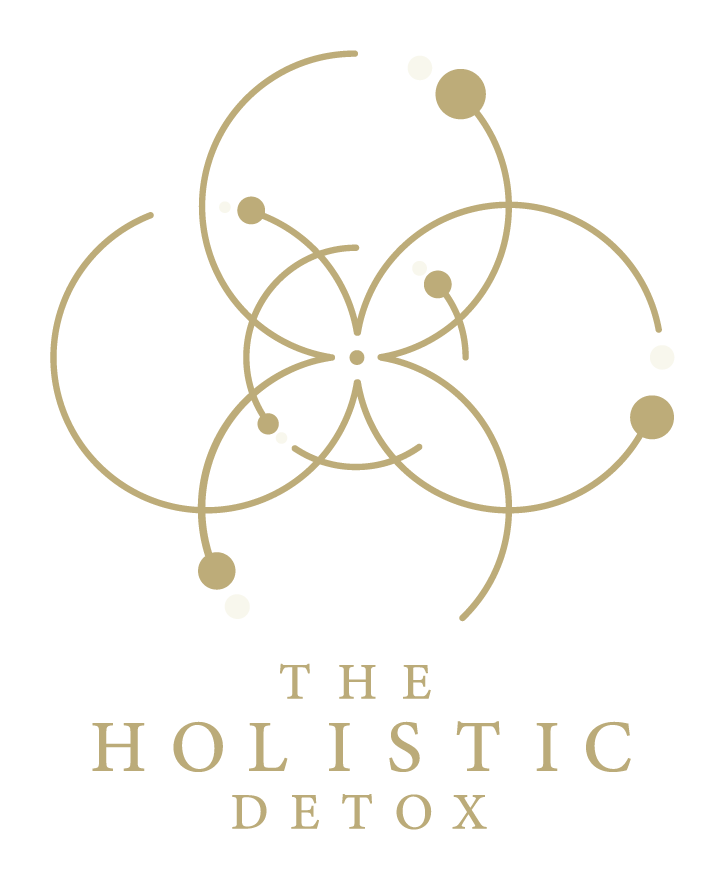The Moment It All Changed
It starts subtly. You wake up tired, even after a full night’s sleep. The workouts that once made you feel invincible? They leave you wrecked for days. Your muscles are softer, energy drained, motivation gone.
Maybe you chalked it up to aging. Maybe the doctors ran tests and said everything looked “normal.” But inside, you know something is off.
For men living with Dysautonomia, POTS, Chronic Fatigue, or Autoimmune Disease, this isn’t just exhaustion—it’s the slow erosion of your strength, drive, and identity. And at the center of it all? Hormone imbalance.
The Truth About Testosterone, Dysautonomia & Chronic Illness
Testosterone isn’t just a sex hormone it fuels strength, metabolism, brain function, and resilience. It keeps you sharp, focused, and ready to push through life’s challenges.
But here’s what most men (and doctors) don’t realize: low testosterone isn’t just about age. It’s your body shutting down production in response to stress, chronic inflammation, and nervous system dysfunction.
Dysautonomia and POTS make this worse. When the autonomic nervous system (ANS) is dysregulated, your body stays in survival mode, which means:
❌ Adrenals overproduce cortisol, blocking testosterone. ❌ Blood flow is compromised, lowering oxygen delivery to the testes. ❌ Chronic inflammation damages hormone receptors, making testosterone less effective.
The result?
🚨 Fatigue even after 8+ hours of sleep
🚨 Loss of muscle, increase in belly fat
🚨 Low motivation, brain fog, mood swings
🚨 Erectile dysfunction & low libido
🚨 Anxiety, worsening POTS symptoms, blood pressure crashes
This isn’t just about hormones it’s your body fighting against you instead of working for you.
The Wake-Up Call: How to Get Testosterone & Energy Back
Hormones don’t just “fix themselves.” If you’re struggling with Dysautonomia, chronic illness, or low testosterone, you need to actively rewire your system to tell your body:
🔹 “We are safe.”
🔹 “We can recover.”
🔹 “We can rebuild strength.”
The good news? You CAN do this.
Step One: Reset the Nervous System (4-7-8 Breath Method)
Testosterone cannot thrive in a stressed, inflamed, adrenaline-driven body. The fastest way to signal safety? Breathwork.
4-7-8 Breathing: 1️⃣ Inhale deeply through your nose for 4 seconds.
→ Floods lungs with oxygen, activates vagus nerve, supports testosterone. 2️⃣ Hold your breath for 7 seconds.
→ Allows oxygen to circulate, reducing cortisol. 3️⃣ Exhale slowly through your mouth for 8 seconds.
→ Shifts body from fight-or-flight into recovery mode.
Why it matters for Dysautonomia & Testosterone: ✅ Lowers cortisol
✅ Regulates blood pressure
✅ Improves deep sleep
✅ Enhances circulation to testes
🔹 Do this 5 times before bed every night.
Step Two: Feed Testosterone With The Right Nutrients
Your body needs raw materials to build hormones:
🥩 Zinc (Oysters, Pumpkin Seeds, Grass-Fed Beef) → Essential for testosterone production
☀️ Vitamin D3 (Sunlight, Fatty Fish, Supplements) → Linked to higher testosterone
🥑 Healthy Fats (Avocados, Olive Oil, Nuts, Wild-Caught Salmon) → Testosterone is made from cholesterol
🍫 Magnesium (Dark Chocolate, Almonds, Spinach) → Lowers cortisol, balances testosterone
⚠️ Most men with Dysautonomia or chronic illness are depleted in these nutrients. Diet alone isn’t enough.
BOOST: My supplement designed to support testosterone, adrenal function, and metabolic health: ✔ Berberine – Stabilizes blood sugar & prevents crashes
✔ Banaba Leaf – Burns fat & balances energy
✔ Maral Root – Natural testosterone booster
✔ Adaptogens (Rhodiola, Ashwagandha) – Lower stress, support adrenals, restore hormone balance
🔗 SHOP : [BOOST – The Natural Testosterone & Energy Formula]
Final Step: Move, Lift, Recover
Testosterone thrives on movement but not all workouts are equal, especially with Dysautonomia or Chronic Fatigue.
- 🚨 DON’T: Overdo cardio chronic endurance raises cortisol and lowers testosterone.
- ✅ DO: Prioritize strength training lifting signals testosterone production
- ✅ DO: Short bursts of HIIT (15–20 minutes, a few times per week)
- ✅ DO: Prioritize recovery deep sleep is when testosterone is produced
Final Thoughts: This Is Your Wake-Up Call
Low testosterone isn’t just an inconvenience. It’s a signal, a warning. Your body is fighting back—but you don’t have to let it win.
You can rebuild energy.
You can restore hormones.
You can take back control.
💬 If this speaks to you, drop a comment below.
XX to your INVISIBLE BATTLES & UNSEEN STRENGTH,
Carola Le-Wriedt
Founder, Wellhistic & The Holistic Detox



